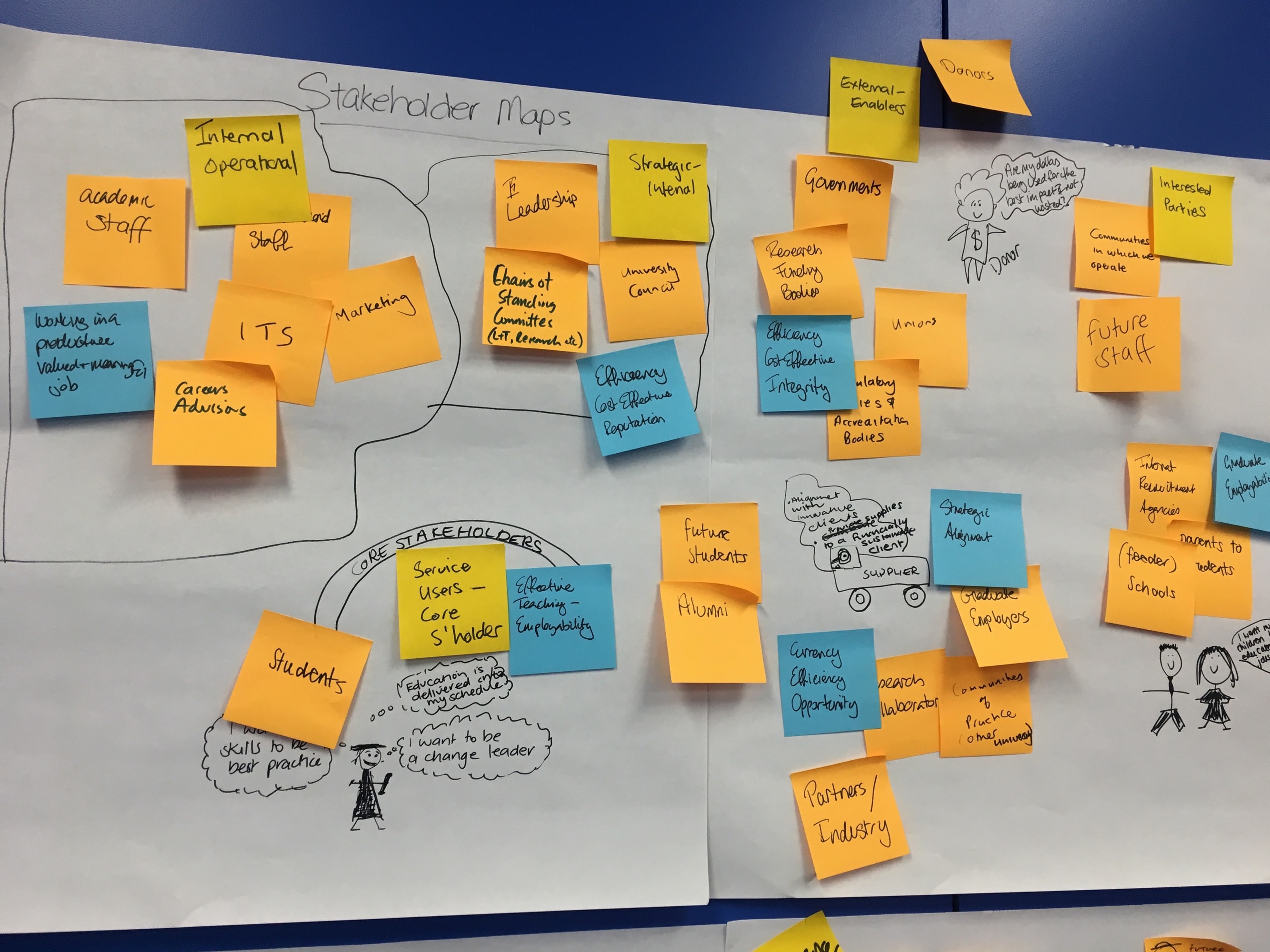Multiple Stakeholders who can’t agree on the problem, let alone a Solution
Here's 5 reasons why co-designing a Stakeholder Map can help break down those silos: The earlier co-design starts on a problem the better, so get stakeholders on board early by asking them to help co-design your Stakeholder Map. Having stakeholder involvement in the development of the Map means they’ll most
What’s your problem
What’s the biggest problem you currently have? Is it the one you can’t stop thinking about? Or is it the one you’ve managed to sweep under the carpet for the time being? Either way, ask yourself what ‘type’ of problem it is. Because if you can’t answer that then it’s
When your problem involves people, you need a dual focus
At first glance we might think that our problem doesn’t involve people. But if you delve just a little, you’re likely to find it does. Think of a problem or challenge you currently have: What is the core issue it relates to? What is the product/service/experience linked to it? Do
Empathise! If you don’t someone else will.
Empathise! If you don’t someone else will. Do you ever have trouble finding non-obvious whizz bang solutions to problems? If so you may have skipped the empathy piece – an essential part of your problem solving toolkit. Empathising with the people involved in your problem helps you to gain a deep understanding
Problem Solving – whose approach is better, Einstein or Robbins?
Albert Einstein said: “If I had an hour to solve a problem I'd spend 55 minutes thinking about the problem and 5 minutes thinking about solutions.” Tony Robbins said the opposite: “Leaders spend 5% of their time on the problem and 95% of their time on the solution.” I’d have backed Einstein’s





